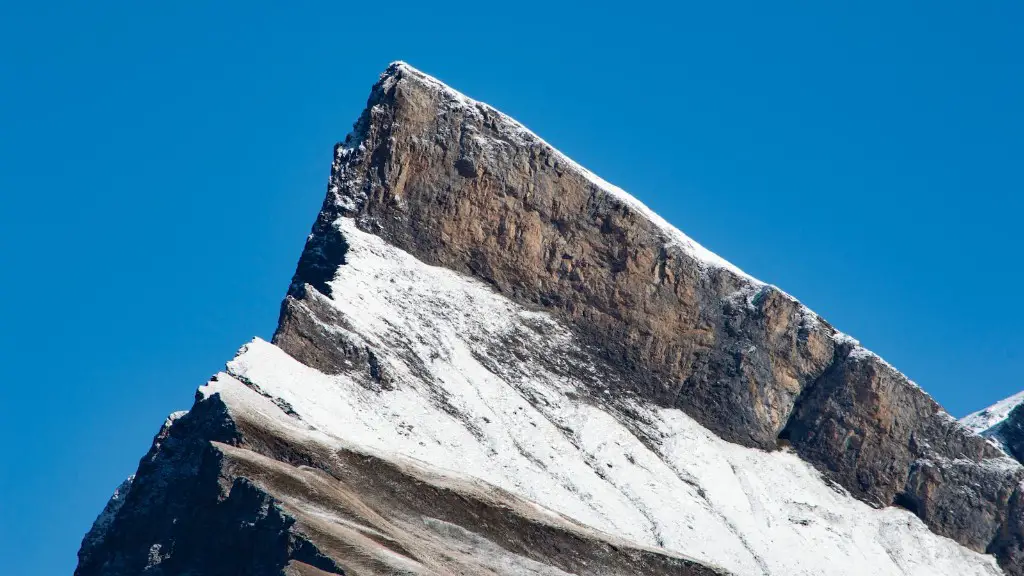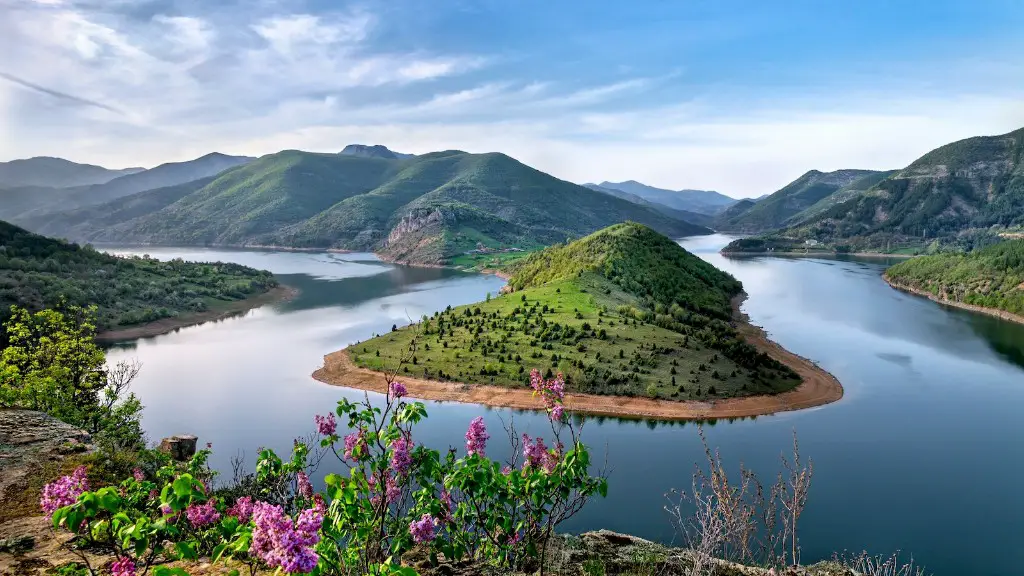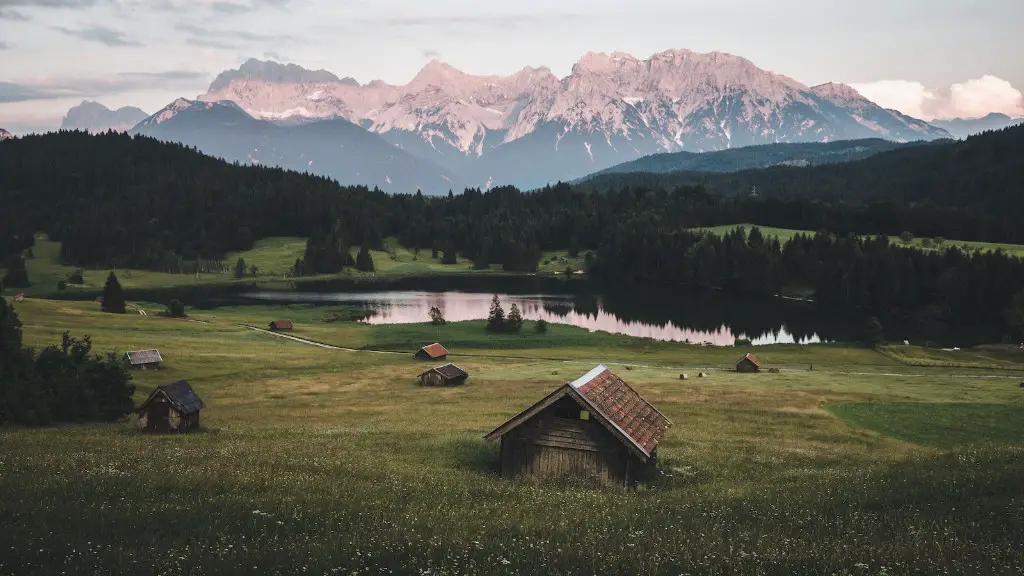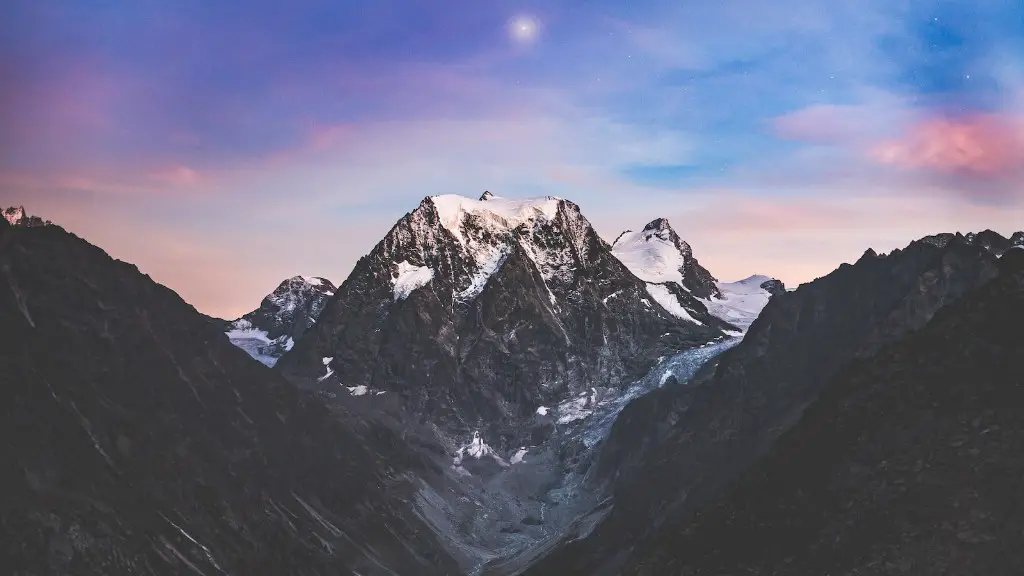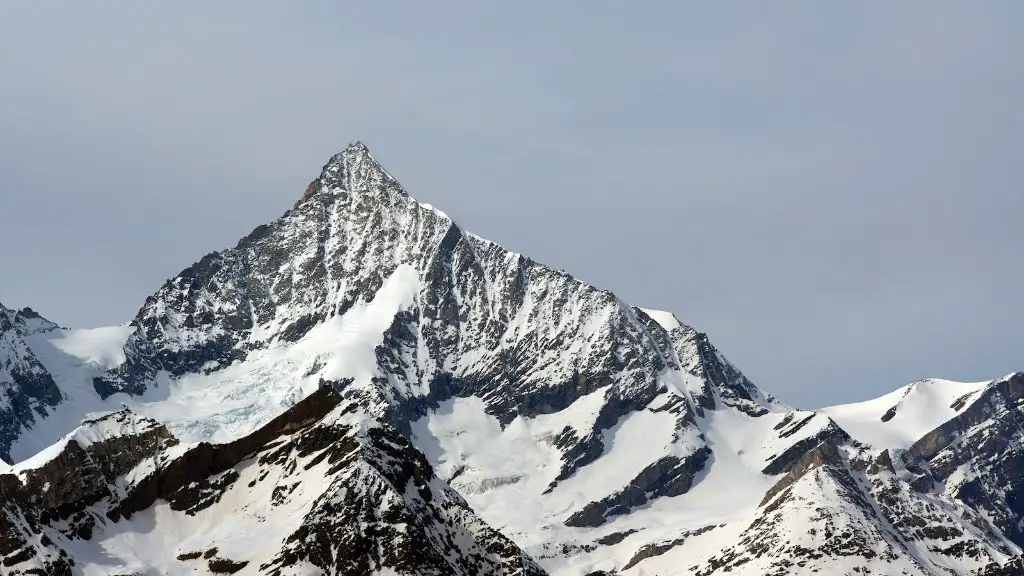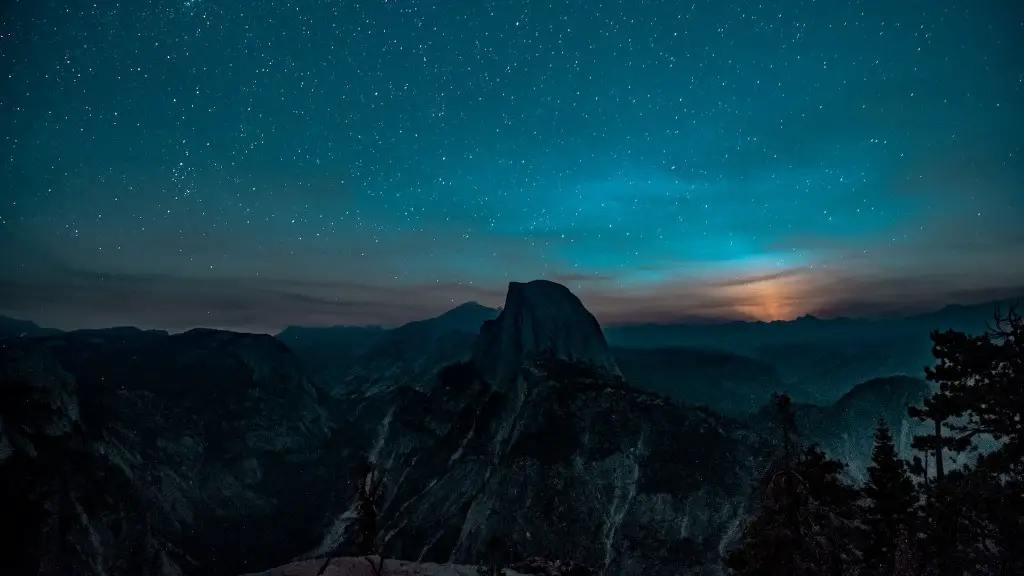Mount Everest is the tallest mountain in the world and is located in the Himalayan mountain range. It is possible to reach the summit of Everest, but it is a challenging and dangerous climb. There are several mountaineering routes that lead to the summit, and climbers typically use base camps located along the way to help them make the ascent. Experienced mountaineers and guides are essential for a successful climb, andThose who attempt to reach the summit must be prepared for extreme conditions, including high altitudes, cold temperatures, and strong winds.
The only way to reach Mount Everest is by trekking or climbing. It is not possible to drive to the summit. The best way to trek to Everest is to begin in Lukla, Nepal. From Lukla, it is a 12-day trek to Everest Base Camp. From base camp, climbers typically attempt to summit over the course of several weeks.
How much does it cost to climb Everest?
The cost of climbing Everest has continued to increase over the years, with prices ranging from $30,000 to $160,000 in 2022. While this may seem like a lot of money, it is important to remember that this is a once in a lifetime opportunity and the experience is unlike any other. If you have the opportunity to climb Everest, it is definitely worth the investment.
In order to summit Everest, you must be in excellent physical condition and have previous experience climbing at high altitudes. Most people spend at least a year training to climb the mountain. You should be comfortable on AD-rated climbs before attempting to summit Everest.
Is it easy to get to Mount Everest
Everest is one of the most difficult and challenging mountains to climb. It takes a lot of time and preparation to summit the mountain. You need to be in good physical and mental condition to summit Everest. The weather conditions are very cold and the oxygen levels are very low. You need to be able to acclimatize to the conditions before you can summit the mountain. Once you summit the mountain, you need to be able to descend back down the mountain safely.
You need experience, experience, experience: having attempted the Seven Summits isn’t sufficient training for this kind of mountaineering. But beyond high-altitude climbing experience, you also need good footwork, good self-management and understanding of when you might need to turn back.
How cold is it at the top of Everest?
The weather and climate of Mount Everest is one of extremes. Temperatures at the summit are never above freezing and during January temperatures can drop as low as -60° C (-76° F). Despite the low temperatures the biggest issue faced by climbers are hurricane force winds and wind chill.
Sherpa is a company that provides pay and benefits information to employees. They have a wide range of salaries, depending on position and department. The average salary for a Sherpa is $77,410 a year, or $3722 an hour. The lowest earners make $42,000 a year, while the top 10 percent make over $139,000. Salaries vary by department, so it is important to know where you stand in the company before accepting a position.
What is the scariest part of climbing Everest?
The Khumbu Icefall is the most dangerous part of an Everest expedition, even with the extensive systems of ropes and ladders installed each climbing season by the ice doctors. This is because the Icefall is constantly moving, with large blocks of ice calving off and crashing down, making it extremely treacherous to cross. In addition, the altitude makes it difficult to think clearly and make good decisions. For these reasons, it is essential that climbers have a high level of experience and expertise before attempting to cross the Khumbu Icefall.
There are two routes to scale the world’s tallest peak – one from the Everest North side in Tibet and another from the Everest South side in Nepal. While Chinese authorities impose an age limit of 18-60 on climbers in Tibet, in Nepal, climbers must be a minimum of 16 years old but there is no upper age limit.
What’s the fastest someone has climbed Everest
Nims Purja has set two world records with his summiting of Everest, Lhotse and Kanchenjunga in just eight days. His accomplishment is made more impressive by the fact that he did it without supplementary oxygen. This is yet another example of Purja pushing the boundaries of his sport and setting new standards for what is possible.
The higher the peak, the more efficient our bodies must be at using oxygen, so the more we must acclimatize. The highest mountains in the world are over 8,000 meters (26,400′) and the air is so thin (low in pressure), it takes weeks for our bodies to even be able to survive at the altitudes where we camp.
Can Mount Everest be climbed in one day?
The trek from Camp Four to the summit is the most difficult part of the journey, adding 2,500 feet in elevation. It usually takes about seven hours to complete. Lhakpa Sherpa said that typically, climbers attempt to make it to the summit and back to Camp Four in a single day, spending as little time as possible in the death zone.
Edouard Wyss-Dunant was a doctor who led the 1952 Swiss Mount Everest Expedition. The expedition set the official record for the highest ascent ever made at the time. Wyss-Dunant was the first to coin the term “lethal zone” to describe the altitude above 8,000 metres. The term has become a standard part of mountaineering lingo, and is used to describe the altitude at which the human body can no longer function properly.
What do Sherpas eat
Sherpas are an ethnic group from the mountains of Nepal. They are known for their ability to climb to high altitudes, and they grow potatoes at elevations up to 14,000 feet. Sherpas eat a lot of stew, and their diet is based mostly on meat and potatoes. Rice with lentils is also a common meal.
It is important to note that the average time from arriving at Base Camp to reaching the summit is 40 days. This is a significant amount of time and it is important to be prepared for it. On most climbs it is the Sherpas who are doing the heavy carrying so you are acclimatizing your body to the high altitude. However, you are still carrying a 20lb to 30lb pack with personal gear. This can be a daunting task, but it is important to remember that you are not alone. There are many people who have successfully completed this journey and you can too.
Is it hard to breathe on Mount Everest?
On the peak of Everest, it can take minutes just to catch your breath. That’s because, at an elevation of 8,848 meters (29,029 feet), each breath contains one-third of the oxygen found at sea level. The lack of oxygen can cause dizziness, headache, and even death.
Everest’s lower temperature and wind chill temperature means that it is a more extreme environment than K2. K2’s higher latitude makes it colder in the winter, but overall not as extreme as Everest.
What are the dangers of Mount Everest
There are many dangers of climbing Mount Everest, from unpredictable weather to extreme cold temperatures and from avalanches to summit fever. inexperience can also be a factor, as climbers may lack the necessary experience to safely navigate the mountains.
Some people believe that Antarctica is the coldest place on Earth, colder than the Arctic and even colder than the summit of Mt. Everest. It is said that in some parts of Antarctica, the temperature can get so low that if you threw a cup of boiling water in the air, it would turn into snow and ice before it hit the ground! Whether or not this is true, one thing is for sure – Antarctica is a very cold place!
Warp Up
The easiest way to reach Mount Everest is by flying into Lukla Airport in Nepal and then trekking to Everest Base Camp.
You can reach Mount Everest by hiring a professional guide, taking a Nepal trekking tour, or climbing the mountain yourself. But, be warned, Mount Everest is not for the faint of heart – it is a dangerous and challenging climb. So, be sure to train hard, be prepared, and pack your patience before you attempt to summit the world’s tallest mountain.
